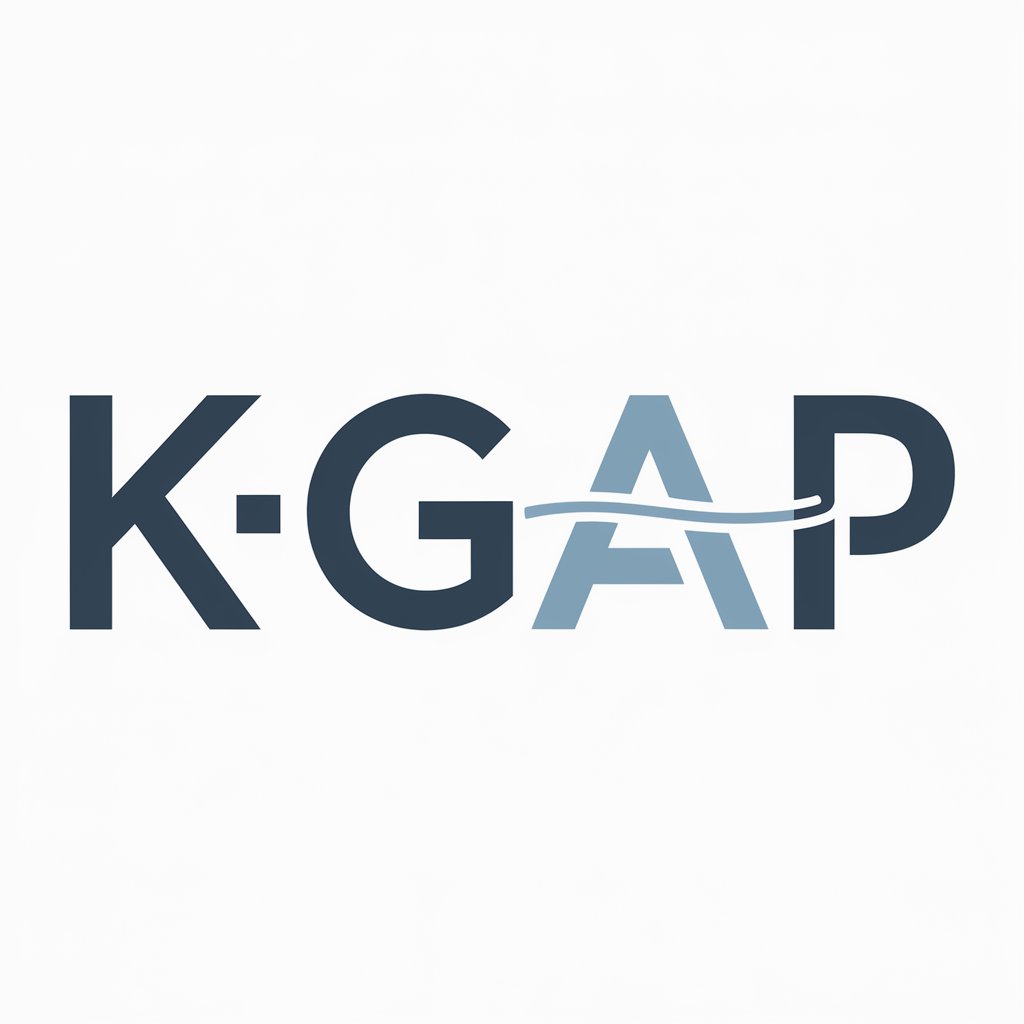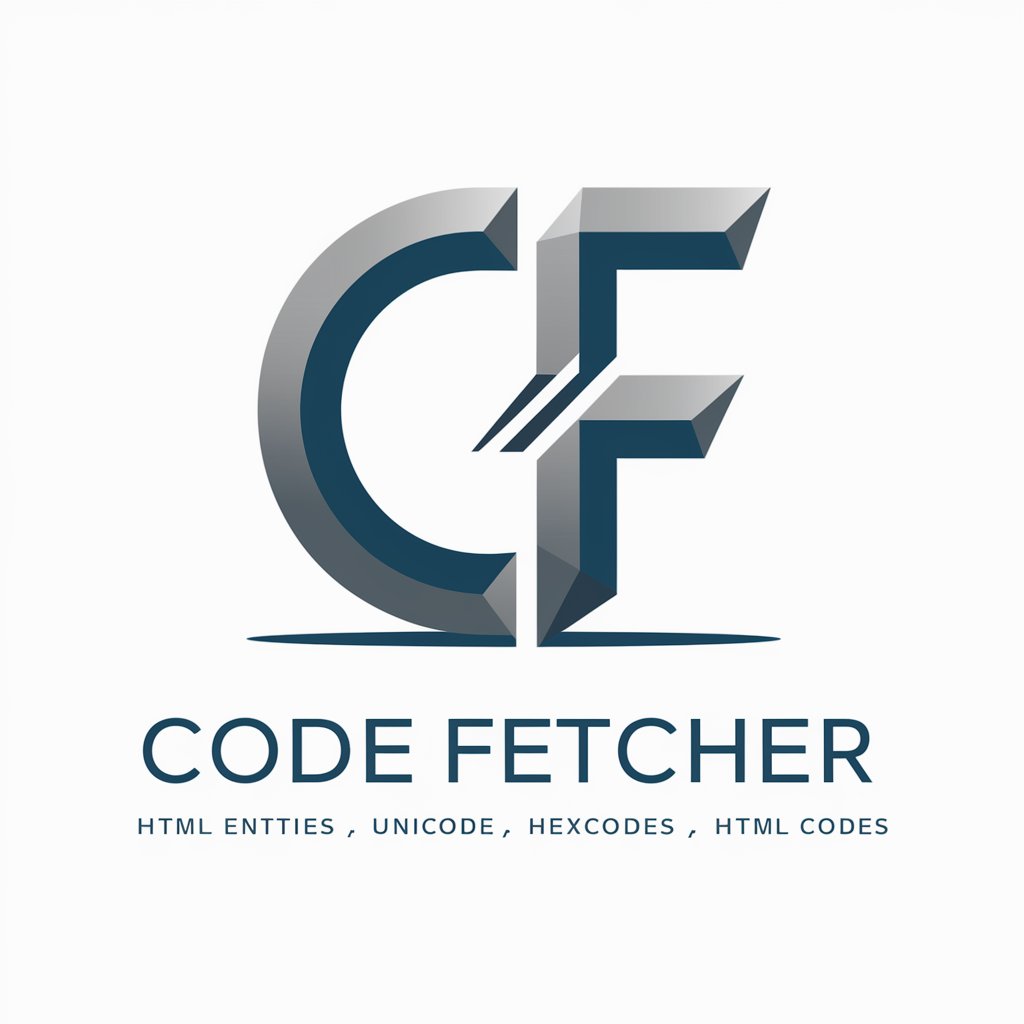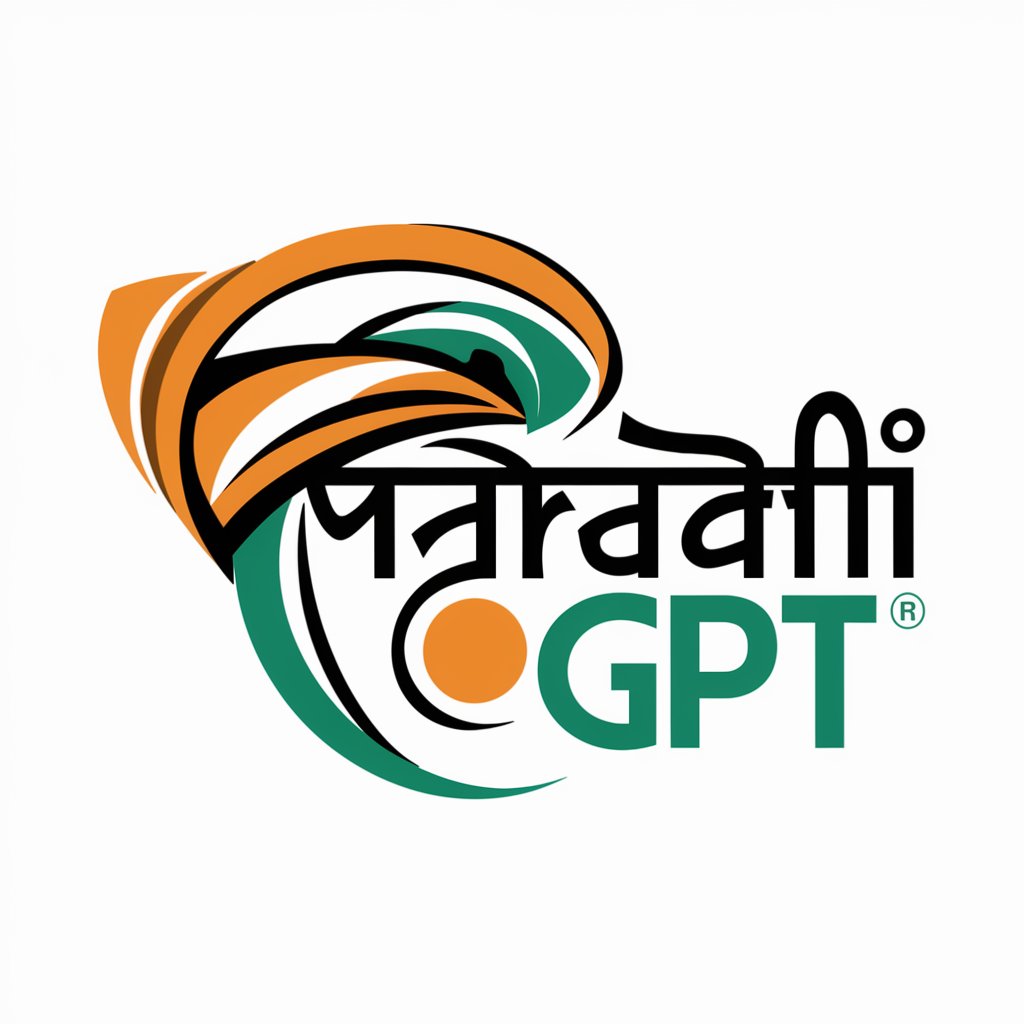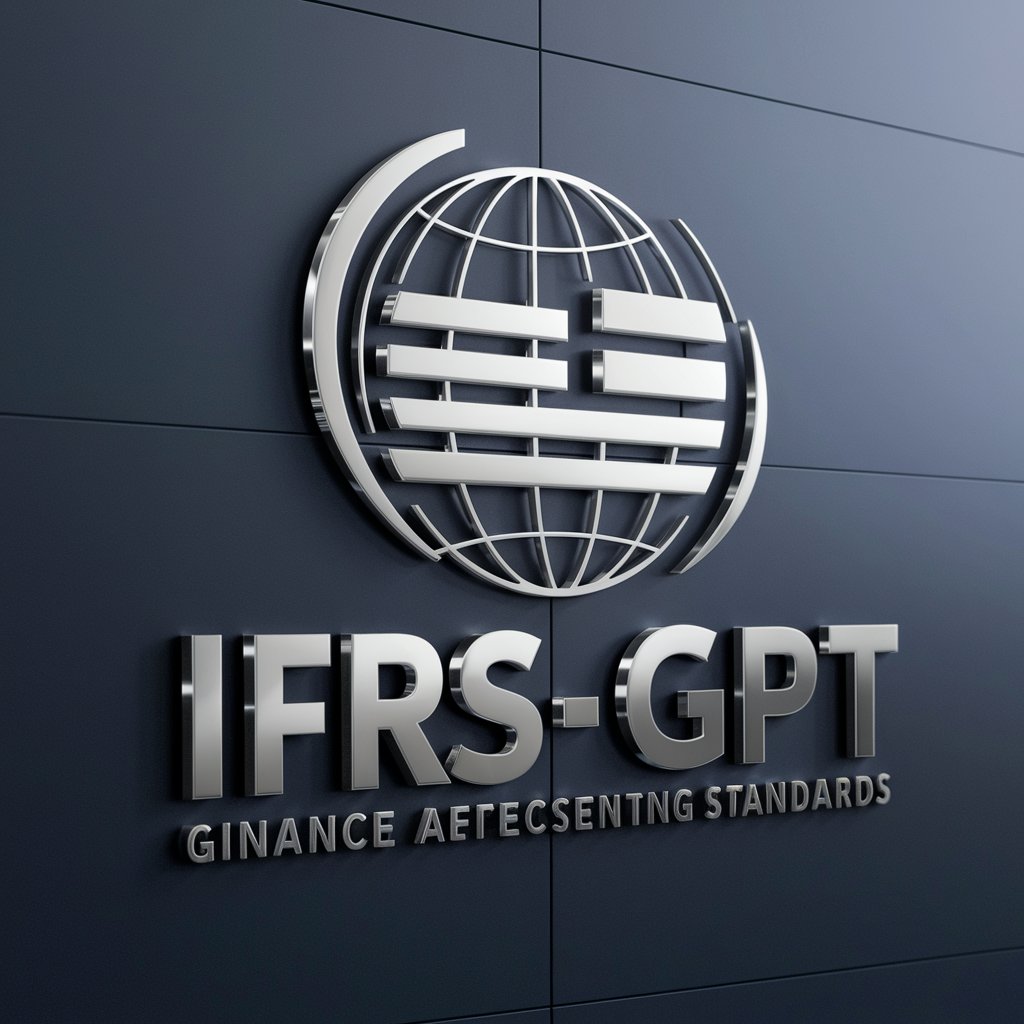
K-GAAP - Comprehensive K-GAAP Guide

Welcome to K-Corp Accounting Guide, your expert in K-GAAP standards!
Empowering Financial Excellence with AI
Can you explain the process of preparing a cash flow statement under K-GAAP?
What are the key differences between K-GAAP and IFRS?
How do I account for intangible assets according to K-GAAP?
What are the steps to perform a financial statement audit under K-GAAP?
Get Embed Code
Introduction to K-GAAP
Korean Generally Accepted Accounting Principles (K-GAAP) serve as the comprehensive set of guidelines for financial reporting and accounting practices in South Korea. Designed to ensure clarity, consistency, and comparability of financial statements, K-GAAP covers a wide range of topics from asset valuation to revenue recognition. For example, under K-GAAP, companies are required to record revenue when it is realized and earned, not necessarily when cash is received. This accrual basis of accounting is fundamental to providing a true and fair view of a company's financial position. Another scenario illustrating K-GAAP's application involves the valuation of inventory. Companies must value inventory at the lower of cost or net realizable value, which ensures that assets are not overstated on the balance sheet. Powered by ChatGPT-4o。

Main Functions of K-GAAP
Financial Statement Preparation
Example
Under K-GAAP, financial statements must include a balance sheet, income statement, statement of changes in equity, cash flow statement, and notes to the financial statements. These documents collectively provide a comprehensive overview of a company's financial health.
Scenario
A manufacturing company prepares its annual financial statements. During this process, it follows K-GAAP guidelines to accurately report its long-term debt, inventory levels, and revenue from sales, ensuring that stakeholders can rely on the financial information provided.
Asset Valuation
Example
K-GAAP requires assets to be valued based on their historical cost, adjusted for depreciation or impairment. However, certain assets like investments can be marked to market, reflecting their fair value.
Scenario
A real estate firm revaluates its investment properties at the end of the fiscal year. According to K-GAAP, this revaluation must be recorded to show the fair value of the properties, impacting the firm's total asset value and profitability.
Revenue Recognition
Example
Revenue is recognized under K-GAAP when it is earned and measurable, regardless of when the cash is received. This principle applies to a variety of transactions, including sales, services, and long-term contracts.
Scenario
An IT services company enters into a year-long contract to provide support services. Under K-GAAP, the company recognizes revenue monthly as the services are rendered, rather than waiting for payment to be received.
Ideal Users of K-GAAP Services
Accounting Professionals
Accountants and auditors who require a deep understanding of K-GAAP to prepare, review, and audit financial statements. Their expertise ensures that companies comply with K-GAAP standards, thereby maintaining financial integrity and trust among stakeholders.
Business Owners and Managers
Entrepreneurs and corporate executives benefit from understanding K-GAAP to make informed decisions based on accurate financial information. This knowledge helps in strategic planning, financial analysis, and ensuring regulatory compliance.
Academic Institutions and Students
Educational bodies and students studying accounting or finance use K-GAAP as a foundational framework for learning about financial reporting and accounting practices. This prepares them for professional roles in the business and accounting fields.

How to Utilize K-GAAP
Start Your Journey
Initiate your exploration of Korean Corporate Accounting Standards (K-GAAP) by securing a free trial at yeschat.ai, ensuring immediate access without the necessity for login or subscription to premium services.
Understand the Basics
Familiarize yourself with the foundational principles of K-GAAP, including recognition, measurement, presentation, and disclosure of financial statements. This step is crucial for grasping the comprehensive framework governing financial reporting in Korea.
Identify Applicability
Determine the specific K-GAAP standards applicable to your business or study area. This involves understanding which standards affect your financial reporting processes and how they align with your financial transactions and reporting objectives.
Implement and Practice
Apply K-GAAP standards to your financial reporting tasks, including preparing financial statements, bookkeeping, and auditing. Regular practice and application will enhance your proficiency and ensure compliance with Korean accounting norms.
Seek Continuous Learning
Engage in ongoing education and stay updated on changes to K-GAAP standards. This can include attending workshops, webinars, and reviewing updated materials to ensure your knowledge remains current.
Try other advanced and practical GPTs
Career Coach Bot
Empowering Your Career Journey with AI

动画想象家
Bringing Stories to Life with AI

CFO GPT
AI-powered financial advisory at your fingertips

Christianity in New Zealand & the South Pacific
Discover Christianity's Pacific Legacy

Professor ML
Empowering your AI journey with tailored assistance.

Creative Helper for a Silly Children's Story
Ignite creativity with AI-powered storytelling

Career Coach
AI-powered career advancement

Engaging Writer
Crafting Stories, Building Connections

Code Fetcher
AI-powered Code Discovery Tool

User Insight Assistant(UIA)
Empowering Product Innovation with AI

Hollywood GPT
Empowering Screenwriters with AI-Powered Insights

Marathi GPT
Empowering Marathi Communication with AI

K-GAAP: Questions and Answers
What is K-GAAP?
K-GAAP refers to the Korean Generally Accepted Accounting Principles, a set of standards and guidelines for financial reporting and accounting in South Korea. These principles govern how financial transactions and statements are recorded and presented, ensuring consistency, transparency, and comparability across financial documents.
How does K-GAAP differ from IFRS?
K-GAAP and IFRS (International Financial Reporting Standards) both aim to provide a comprehensive framework for financial reporting. However, K-GAAP is tailored to the South Korean economic and regulatory environment, incorporating specific requirements that may not be present in IFRS. While IFRS is globally oriented, K-GAAP addresses local business practices, legal requirements, and tax regulations.
Who needs to comply with K-GAAP?
Publicly listed companies in South Korea, as well as financial institutions and large corporations, are required to prepare their financial statements in accordance with K-GAAP. Small and medium-sized enterprises may also follow K-GAAP for consistency and transparency in financial reporting.
Can K-GAAP be used for international reporting?
While K-GAAP is primarily designed for the South Korean market, entities operating internationally may also use K-GAAP in conjunction with IFRS for reporting purposes, especially if they have significant operations or stakeholders in South Korea.
What are the key components of financial statements under K-GAAP?
The key components of financial statements under K-GAAP include the balance sheet, income statement, statement of changes in equity, cash flow statement, and notes to the financial statements. These components provide a comprehensive view of an entity's financial position, performance, and cash flows, in accordance with K-GAAP guidelines.






